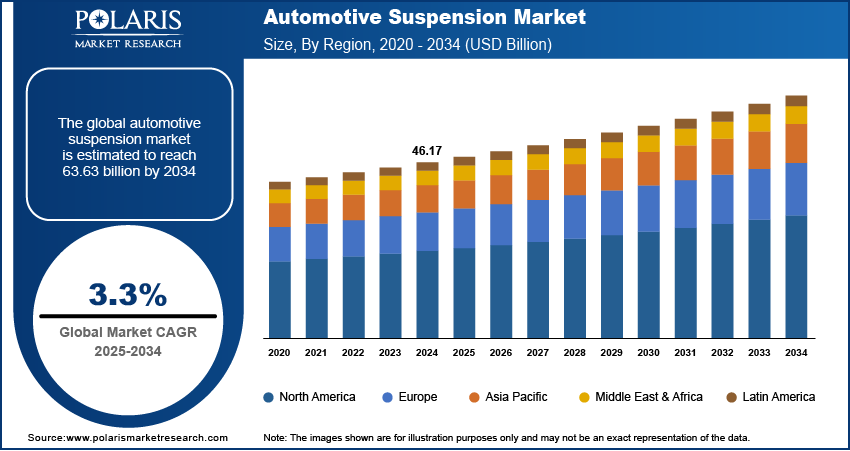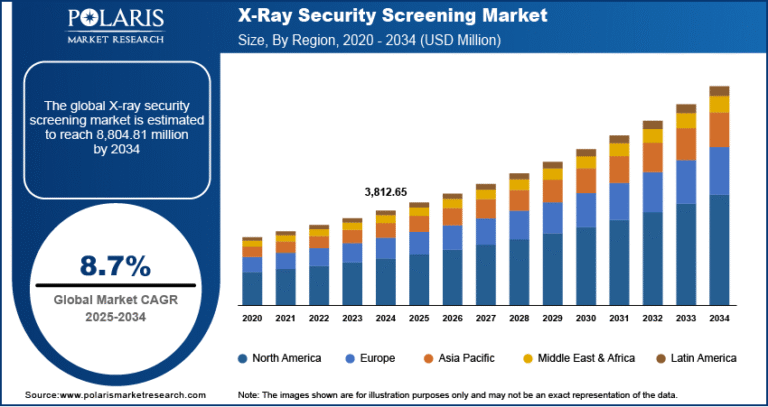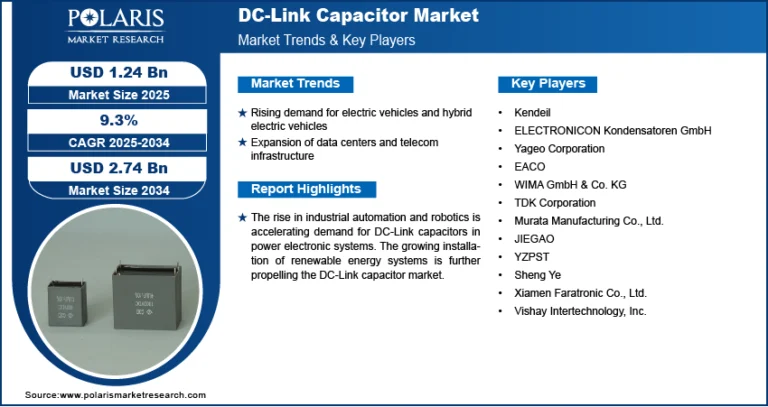Automotive Suspension Market Projected to Reach USD 63.63 Billion by 2034, at a CAGR of 3.3%

The global automotive suspension market was valued at USD 46.17 billion in 2024 and is projected to grow to USD 63.63 billion by 2034. The market is expected to expand at a compound annual growth rate (CAGR) of 3.3% during the forecast period, rising from an estimated USD 47.59 billion in 2025.
Key Drivers & Market Trends
- Smart Suspension Adoption
Rising integration of semi-active and active systems, which adjust damping in real-time for greater comfort and control, is becoming mainstream—especially in luxury, EV, and autonomous vehicles. - Electrification & Lightweight Materials
EVs demand suspensions designed for heavy battery loads. Manufacturers are increasingly using lightweight materials like aluminum, carbon fiber, and composites to counter weight and improve performance. - Electronics & Connectivity Expansion
Suspension components are getting smarter. Sensors and ECUs now adjust ride in real-time, leveraging ADAS integration and cloud-based predictive algorithms. - Aftermarket Growth & Digital Sales
The aftermarket is expanding, driven by online channels and digital diagnostics. Older vehicles are increasingly retrofitted with performance dampers and active air systems.
Market Size & Forecast
- Market Size in 2024 – USD 46.17 billion
- Market Size in 2025 – USD 47.59 billion
- Projected Market Size by 2034 – USD 63.63 billion
- CAGR (2025–2034) – 3.3%
Request a free sample copy or view report summary: https://www.polarismarketresearch.com/industry-analysis/automotive-suspension-market/request-for-sample
Market Overview
The automotive suspension market is experiencing a steady transformation, driven by technological advancements, evolving consumer expectations, and the rapid shift toward electric and autonomous vehicles. Suspension systems play a critical role in enhancing vehicle performance, ride comfort, handling, and safety. As automakers continue to focus on innovation and differentiation, the demand for advanced suspension technologies—such as adaptive, semi-active, and air suspension systems—is rising globally.
The market is categorized into three primary suspension types: passive, semi-active, and active systems. Passive systems continue to dominate due to their cost-effectiveness and simplicity, particularly in mass-market vehicles. However, semi-active and active suspensions are gaining traction, particularly in electric vehicles (EVs), luxury cars, and performance models, due to their real-time adaptability and enhanced ride dynamics. These systems use electronic sensors and actuators to adjust damping forces based on road conditions and driving behavior.
Looking ahead, the automotive suspension market is poised for evolution as digital transformation, sustainability goals, and electric mobility reshape the automotive landscape. Innovations in lightweight composite materials, regenerative suspension systems, and AI-powered predictive damping will play a pivotal role in defining the next generation of vehicle suspension. OEMs and Tier-1 suppliers are expected to collaborate more closely to deliver modular, software-defined suspension solutions that enhance comfort, safety, and efficiency in an increasingly connected automotive ecosystem.






